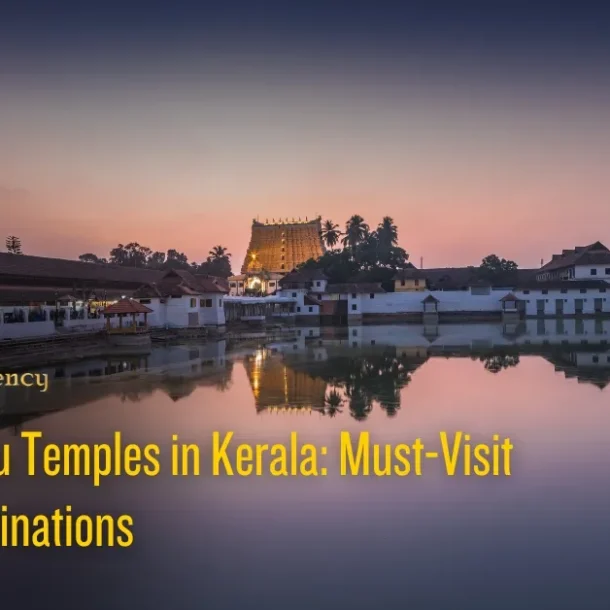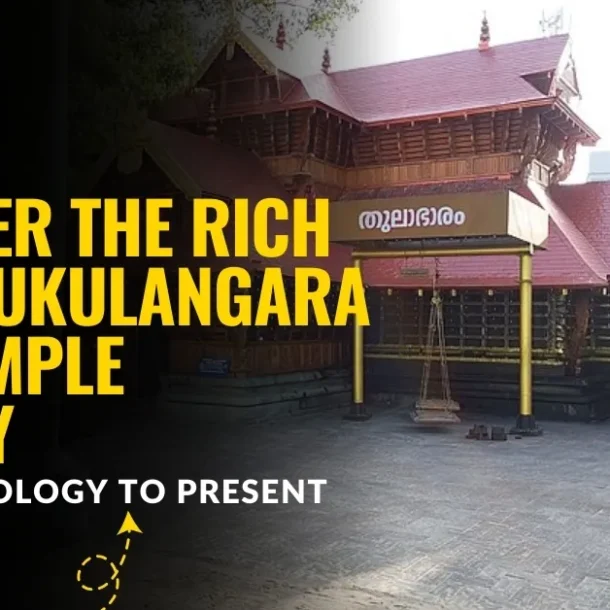
- Accommodations
- Rooms in Alappuzha!
- Best Hotels in Alappuzha!
- Best Hotels in Cherthala
- Book Cherthala Hotel Rooms
- @Homestay Alleppey
- Hotels Near Alleppey Backwaters
- Accommodations Near Alleppey Backwaters
- Luxury Lodges in Alleppey: High-End Hotels for a Premium Experience
- Best Budget Stays in Alleppey: Affordable Vacation Rentals
- About The Hotel
- Blog
- News
- WebStories
- Contact
- Booking
- Accommodations
- Rooms in Alappuzha!
- Best Hotels in Alappuzha!
- Best Hotels in Cherthala
- Book Cherthala Hotel Rooms
- @Homestay Alleppey
- Hotels Near Alleppey Backwaters
- Accommodations Near Alleppey Backwaters
- Luxury Lodges in Alleppey: High-End Hotels for a Premium Experience
- Best Budget Stays in Alleppey: Affordable Vacation Rentals
- About The Hotel
- Blog
- News
- WebStories
- Contact
- Booking

- Accommodations
- Rooms in Alappuzha!
- Best Hotels in Alappuzha!
- Best Hotels in Cherthala
- Book Cherthala Hotel Rooms
- @Homestay Alleppey
- Hotels Near Alleppey Backwaters
- Accommodations Near Alleppey Backwaters
- Luxury Lodges in Alleppey: High-End Hotels for a Premium Experience
- Best Budget Stays in Alleppey: Affordable Vacation Rentals
- About The Hotel
- Blog
- News
- WebStories
- Contact
- Booking
Kerala Temple Travel Tips: What You Need to Know Before You Go
Sacred Sojourns in Kerala
Kerala Tourism Statistics 2023 suggest that Kerala is home to over 3,000 temples, drawing a plethora of visitors every year from across India & abroad, underscoring the region’s rich spiritual heritage & influence on cultural tourism. Each temple here in the state of Kerala carries its unique historical significance & spiritual ambiance, providing travelers with a deep & profound experience. Let us look at some of the essential Kerala temple travel tips to ensure a memorable, respectful journey through these sacred spaces.
Kerala Temple Travel: A Spiritual Journey
From the monumental Padmanabhaswamy Temple in Thiruvananthapuram to the serene Guruvayur Temple in Thrissur, Kerala’s temples tend to showcase architectural grandeur, age-old traditions, & deep spiritual devotion. Visiting these temples is not only about exploring the architectural marvels here but it is also about submersing oneself in the cultural heritage & cultural practices in Kerala temples, which continue to flourish. While the journey is enthralling, it needs travelers to follow specific customs & guidelines for an enjoyable & respectful experience.
Essential Kerala Temple Travel Tips for an Enriching Pilgrimage
For an optimal temple visit, careful planning is vital, given the myriad customs & logistical aspects associated with Kerala’s temple tourism. These Kerala temple travel tips cover everything from attire to cultural norms, enabling you to approach this journey with preparation & respect.
Temple Etiquette in Kerala
Maintaining appropriate temple etiquette in Kerala is central to a respectful visit. Most of the temples here have strict guidelines regarding behaviour, attire, & even photography. Observing silence within temple premises, removing footwear before entering, & adhering to gender-specific dress codes are some of the common practices here. Temples also emphasise cleanliness & discourage acts that might disturb the sanctity of the space, fostering a calm, meditative environment.
Best Time to Visit Kerala Temples
Kerala’s temple festivals, often marked by elaborate rituals, add a magical charm to any pilgrimage. For those wishing to explore Kerala’s religious sites at their best, the best time to visit Kerala temples is during the winter months, which is from October to March. This period presents cooler temperatures, making travel pleasant. Major temple festivals, such as the Thrissur Pooram in May & the Onam festival in August or September, are worth planning around for a more immersive experience.
Temple Rules and Regulations Kerala
Here are distinctive temple rules and regulations Kerala that visitors should follow. Specific temples may require men to go bare-chested or wear traditional attire like the mundu. Females are expected to wear saris or other traditional garments. Also, some temples restrict entry for non-Hindus, so checking temple guidelines beforehand is advised.
Mosquito Repellent for Kerala Travel
Owing to Kerala’s tropical climate, specifically near water bodies where many temples are situated, carrying mosquito repellent for Kerala travel is highly essential. Temples usually have water bodies or sacred ponds, adding to the necessity of protection from mosquitoes. Repellents, along with wearing long sleeves, can keep bites at bay & make for a more comfortable visit.
Pilgrimage Destinations in Kerala
The list of pilgrimage destinations in Kerala tends to include some of India’s most revered temples. Apart from famous temples like Padmanabhaswamy & Guruvayur, there are other sacred sites like Sabarimala, attracting millions of pilgrims every year. Also, each district boasts unique shrines, from the hilltop temple of Sree Subramanya in Alappuzha to the elaborate carvings of Vaikom Mahadeva Temple.
Cultural Practices in Kerala Temples
Cultural practices in Kerala temples tend to vary significantly from those in other parts of the country. Kerala temples emphasise rituals, with priests performing daily poojas, including early morning & evening aartis. Temple festivals usually feature vibrant cultural performances, like Kathakali & classical music, allowing travelers to experience Kerala’s rich traditions first-hand.
Exploring Kerala’s Spiritual Sites
Kerala’s spiritual landscape tends to provide a diverse range of experiences, from grand temples with Dravidian architecture to smaller, intimate shrines nestled in the countryside. Exploring Kerala’s spiritual sites is a journey through centuries-old traditions, and every temple has something unique to offer. Whether it is the sacred chants echoing at sunrise or the elaborate stonework, these holy sites embody Kerala’s spiritual essence.
Safety Tips for Visiting Temples in Kerala
While Kerala is normally safe, certain safety tips for visiting temples in Kerala can enhance your experience. Keep an eye on your belongings as temple premises can be crowded, specifically during festivals. Following local customs, like removing shoes before entering, is also mandatory to avoid offending devotees. If traveling with children, supervise them closely to ensure their safety around temple ponds & crowded areas.
Transportation to Kerala Temples
Most major temples are accessible via Kerala’s well-connected public transportation network. Options for transportation to Kerala temples include state buses, private taxis, & auto-rickshaws. Each of these vary in price & convenience. Renting a car or opting for a local guide can simplify the journey, specifically when visiting multiple temples or those located in remote areas.
Local Customs in Kerala Temples
Local customs in Kerala temples can vary, specifically in how worshippers engage with deities & the rituals observed. For example, the lighting of oil lamps, offering flowers, & walking clockwise around the sanctum are common practices. Understanding these customs enriches the temple visit & aligns with the expectations of local devotees.
Photography Guidelines in Temples
Many temples in Kerala don’t allow photography within their premises to preserve the sanctity of the space. Photography guidelines in temples are usually posted near entrances. Be mindful & ask permission where photography is permitted, and refrain from using flash that may disrupt ongoing rituals.
Accessibility in Kerala Temples
While some temples have ramps or other facilities to aid visitors with mobility issues, accessibility is still limited in certain older temples. Accessibility in Kerala temples could be challenging owing to steps, uneven floors, & narrow passages. However, bigger temples have made strides in creating accessible spaces, and checking ahead with temple authorities can help ensure a comfortable visit.
What to Wear in Kerala Temples
Dress codes are an essential part of temple etiquette, as visitors are encouraged to dress modestly in traditional attire. What to wear in Kerala temples includes saris for women, while men are usually required to wear dhotis. Loose-fitting, light clothing is ideal for Kerala’s climate as it helps visitors remain comfortable while respecting the cultural dress norms.
Accommodation Near Kerala Temples
For a truly immersive pilgrimage experience, consider staying at accommodations close to temple sites. Accommodation near Kerala temples tend to offer convenience, allowing visitors to participate in early morning rituals without the hassle of long commutes.
Accommodation for Kerala Temple Tours: Devi Royal Residency
When planning your Kerala temple tour, selecting the right accommodation enhances the pilgrimage experience. Follow the Kerala temple travel tips and stay at Devi Royal Residency for best spiritual experience. Devi offers an ideal stay, combining comfort with proximity to major temples. Sited in Alappuzha, our premium hotel offers a serene retreat with modern amenities, including spacious rooms, round-the-clock service, & delicious local cuisine, making our hotel perfect for pilgrims. With a team dedicated to ensuring guests’ comfort & needs, Devi Royal is a standout choice for travelers looking for both convenience & a religiously enriching environment. For those seeking an optimal base for a Kerala temple tour, contact us to experience the best accommodation & make your spiritual journey memorable.


